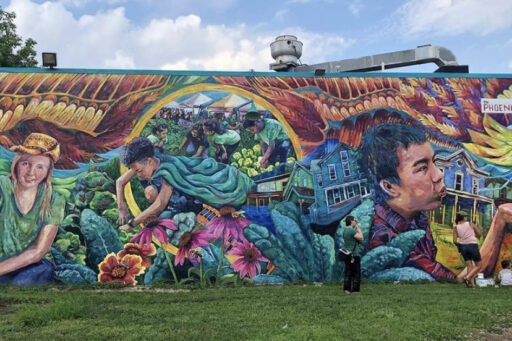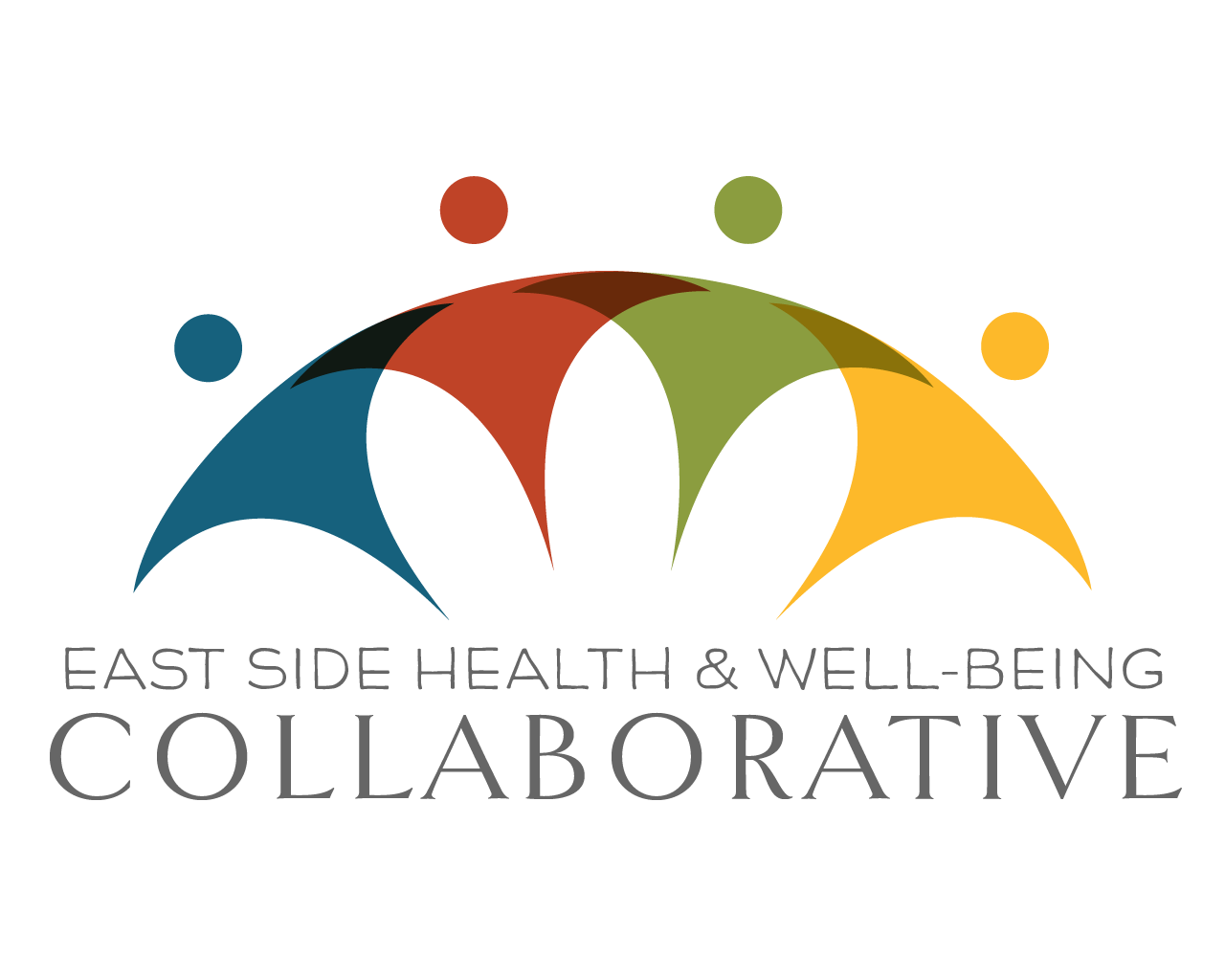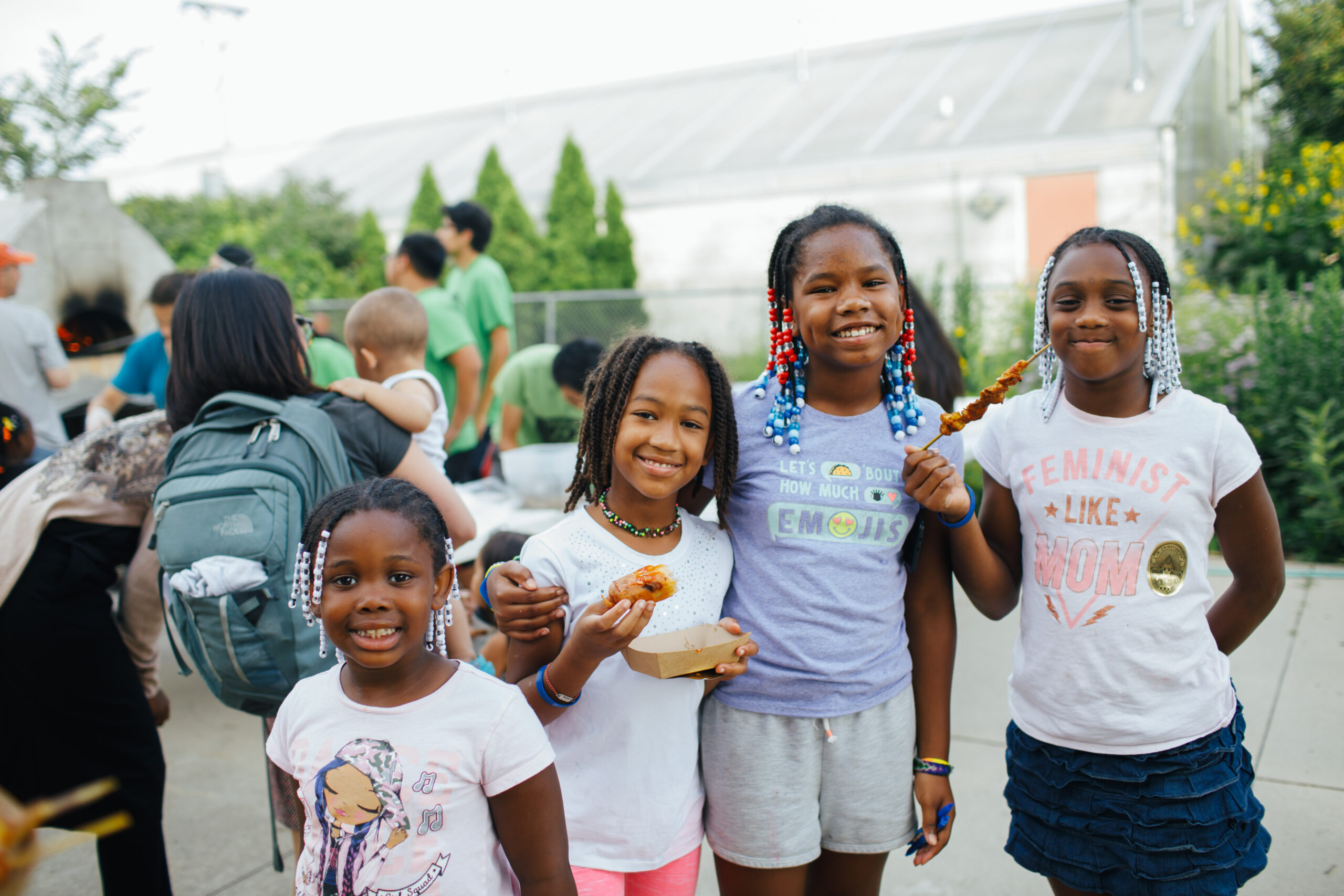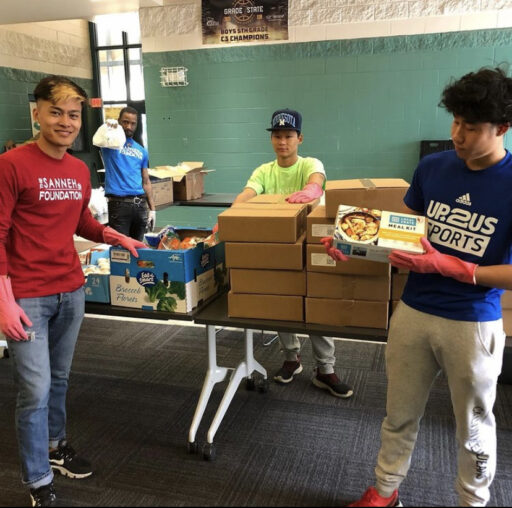About Us
Read about the goals, framework and principles that guide the East Side Health and Well-Being Collaborative.
THE COLLABORATIVE AIMS TO ACHIEVE…
Widespread and equitable well-being in the East Metro to lift Ramsey County higher in the ranks of vibrant and healthy places. A community that shares power and responsibility in sustainable work to improve health and well-being.
Goal will be achieved through strategic alignment within the Collaborative whereby key strategies work together and focus on the whole community, not just those who walk through clinic and organization doors. By convening community to identify and develop solutions to improve health together as a shared responsibility and opportunity. And by creating transformational change by focusing on upstream drivers of health and changing the way the community invests in and contributes to population health.
The Collaborative is unique because we approach the work with humility knowing the backbone organization does not have all of the answers and is not here to be the sole agent of change, but can partner with and support community to get the work done. Deep respect and trust fostered by listening and understanding before advancing solutions. Significant up-front and ongoing investment in time and resources to create trust and catalyze the initiative
Structure of the community health and well-being collaborative
The Collaborative in our community has four parts:
- The large collaborative group which drives the overall, long term process.
- The Cultural Broker Program; developed by mental health and stress resilience work group.
- East Side Table
- Policy Work Committee

Our work is sustained through…
Quarterly Collaborative convening co-hosted by M Health Fairview and partner organizations to provide updates on work group process to date on community-specific programs; embrace and celebrate East Side communities’ unique cultural traditions and wisdom; and build on existing strengths and resources to spark new insights, conversations, collaborations and solutions.
A quarterly e-newsletter to inform collaborative partners and community members about updates, upcoming events news and resources
Monthly workgroup meetings where members of the East Side Mental Health and Stress Resilience Partnership, East Side Table and Policy workgroups convene to discuss and advance program work.
Ongoing one-to-one and small group meetings where staff connect with individual members of the East Side Mental Health and Stress Resilience Partnership Steering Committee and East Side Table Working Council to provide touch points and continued opportunity for more direct feedback and learning.
Our principles
Neighborhood-Based Approach
Increased awareness of other organizations/resources available on St. Paul’s East Side
Live, work, learn, access services, pray and/or play on the East Side
Zip code predicts health more than genetic code/has to be neighborhood level strategies
Increased collaboration amongst partners in the coalition
Actualize Equity in Health and Well-Being
Use of holistic (physical, emotional, spiritual and relational) health framework
Tailored approaches to delivering programs according to cultural definitions of health and well-being
Attention to diverse preferences for communication and process
Address specific health disparities for different groups
Tailored definitions of health and healing defined and measured by each community for itself
Healing is not always about curing — engage in both prevention, treatment and maintenance approaches
Recognize the influence of power and systems in health outcomes, and work to change those systems to increase health equity
Strategy — making people feel safe and that whole person is welcome and respected
Equity and inclusion always explicitly present in our language and design
Design for the Complexity of People and Communities
Engagement with all communities and cultures represented in East St. Paul
Engage with, honor and value complexity of how communities choose to define themselves
Programs create benefit for non-dominant audiences
Programs are designed for diversity in age, gender, cis/LGBTQ+/sexual orientation, life stage, socioeconomic status, ability and family compositions
Elevate non-dominant/non-western cultural traditions and experience
Developing a new narrative of what our community is like on St. Paul’s East Side
Honestly acknowledge the past, present and future to create environments of safety and inclusion and emphasize healing generations
Put Relationships First
Priority of increasing relationships – both strength and number of – between organizations and individuals
Committed connection to each other, to our shared goals of serving the East Side, and to the partnership process
Increased ease of referrals between programs
Increased co-promotion of partner programs
Promotion of increased social connectedness among each other, the people we work with or serve, and the broader community
It is OK to make mistakes, we prioritize apologizing and repairing relationships
Co-Create
Flat-decision making, non-hierarchical
Intentional processes are valued as much as outcomes
Our work is community-grown
We ensure there is safe space so everyone’s voice is heard
We look for creative, innovative solutions together — we do not have to do things the same old way
We create our shared principles and values
Share knowledge openly among each other and the community
Living evolving processes
Continuous learning
Clarity of roles, governance, structure and tools — scaffolding or pathways
Respect autonomy
Understand and value the self-determination and choice of each individual and organization within the collaborative, and those served by the collaborative
Provide information and education but do not require it to access programs – optional
Engage with shared values/principles, but enact differently to meet individual agency or client needs
Tailored-approaches at every level
Design for Sustainability
Prioritize Sustainability in processes and outcomes
Put resources into process and values, as well as programs and services
Sustainability of our impacts over time
Ownership by community over time
Responsible use of resources and avoidance of waste of duplication of effort
Promotion of environmental responsibility to East Side
Invigorating community to take action
Multiple levels:
- Funding – operating/financial sustainability of the collaborative and programs
- Structure – shared ownership, leadership, sustained interest and investment/involvement
- Environmental – zero waste, people, materials, time, effort
“We are doing ‘with,’ not ‘to’ the community. We need a model that is sustainable as needs and opportunities change in a community.”


